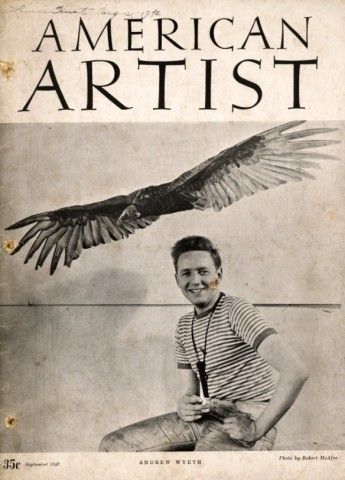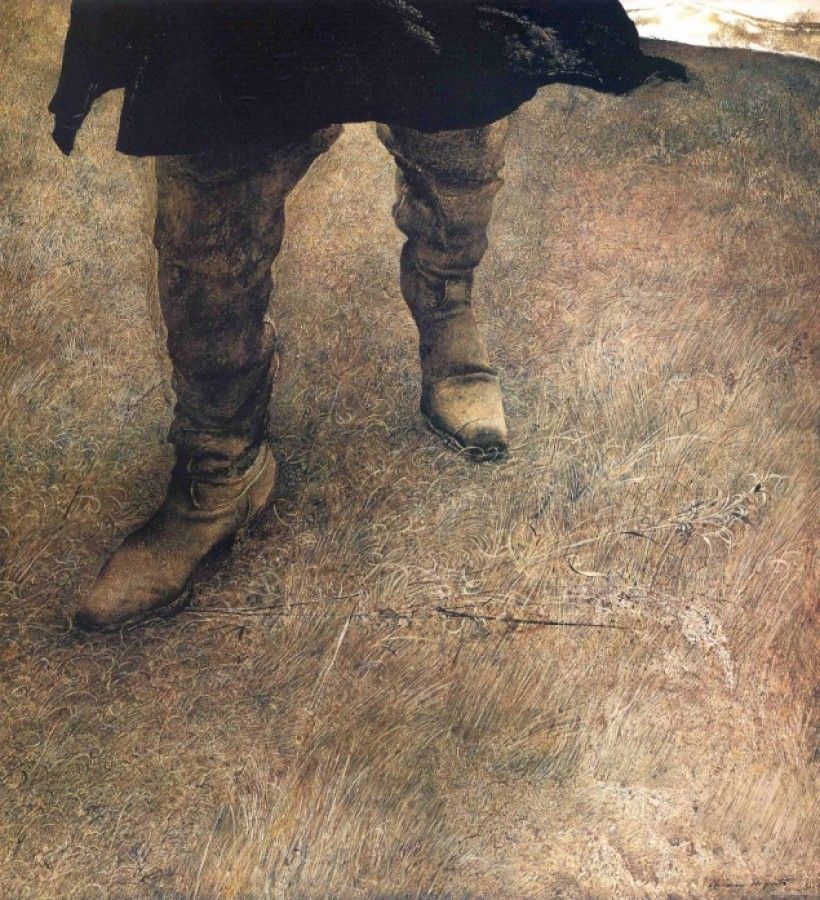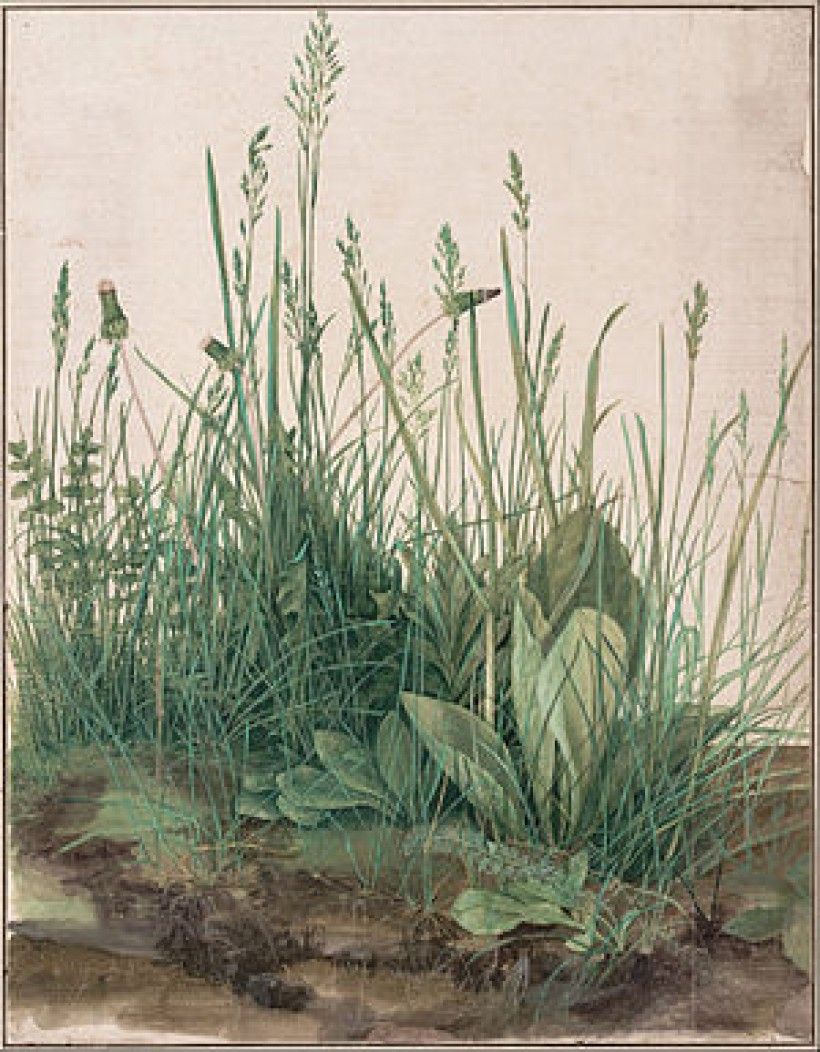Andrew Wyeth: A “Renaissance” Man
I recently finished working on a project so captivating that I didn’t want it to end.

Wyeth’s work has been a topic of research throughout my graduate studies, but by reading and writing about these letters, I felt like I got to know a young Andy on a completely different level. I was struck by the eloquence with which Andrew wrote at such a young age, and how in nearly every letter, he discusses how he is diligently working on multiple paintings. How many of us are this industrious in our early 20s? He is also so gracious, frequently complimenting Ann (a musician) on a composition of hers, or her husband John McCoy (also an artist) on his latest painting.
I think what surprised me the most was what artists Wyeth wrote “excited” him. I had already known about how he was influenced by the realistic nature studies of Northern Renaissance printmaker Albrecht Durer, seen particularly in his 1951 tempera, “Trodden Weed.”


What I was intrigued by was the mention on several occasions of the Early Netherlandish painters Hieronymus Bosch and Hans Memling as artists that inspired him.
The wild, twisting forms and bright, bold colors of these 15th century artists were what Wyeth was looking at while painting his tonal rural Maine landscapes and almost impressionistic watercolors. Fascinating!
Andrew thanks Ann for sending him books on each of these artists. I was so excited to spot the Bosch book he refers to during my tour of the Andrew Wyeth Studio!
N.C. Wyeth had been known to encourage his talented children to exercise an appreciation of all forms of art. These enlightening letters illustrate that fact in a beautiful, personal way.

